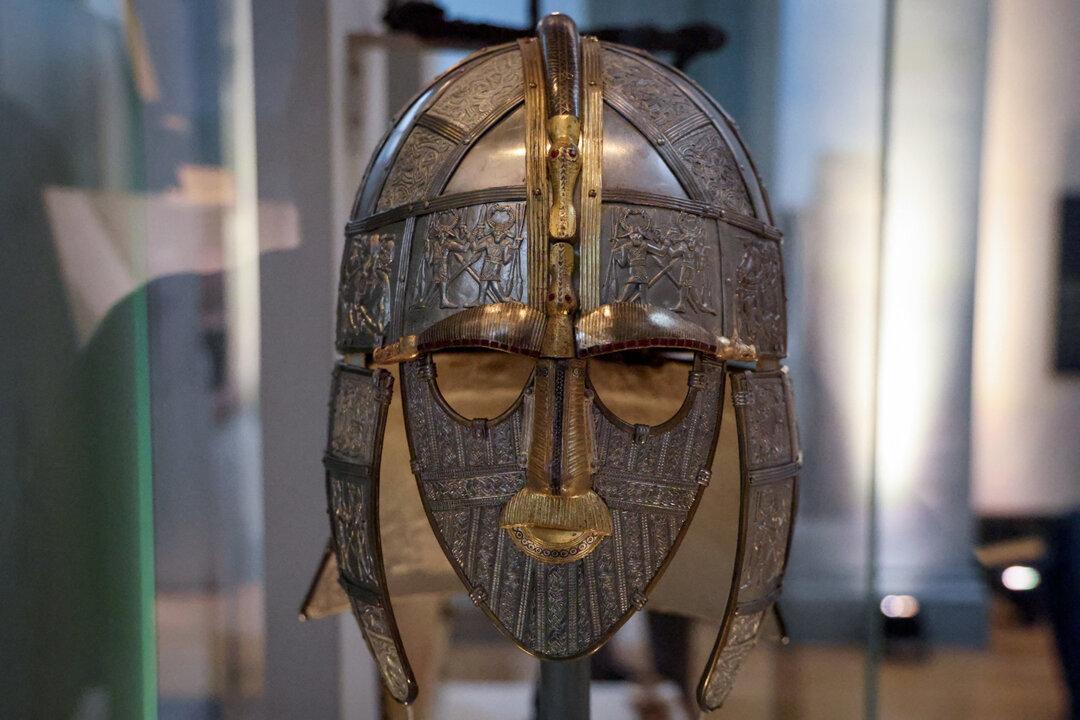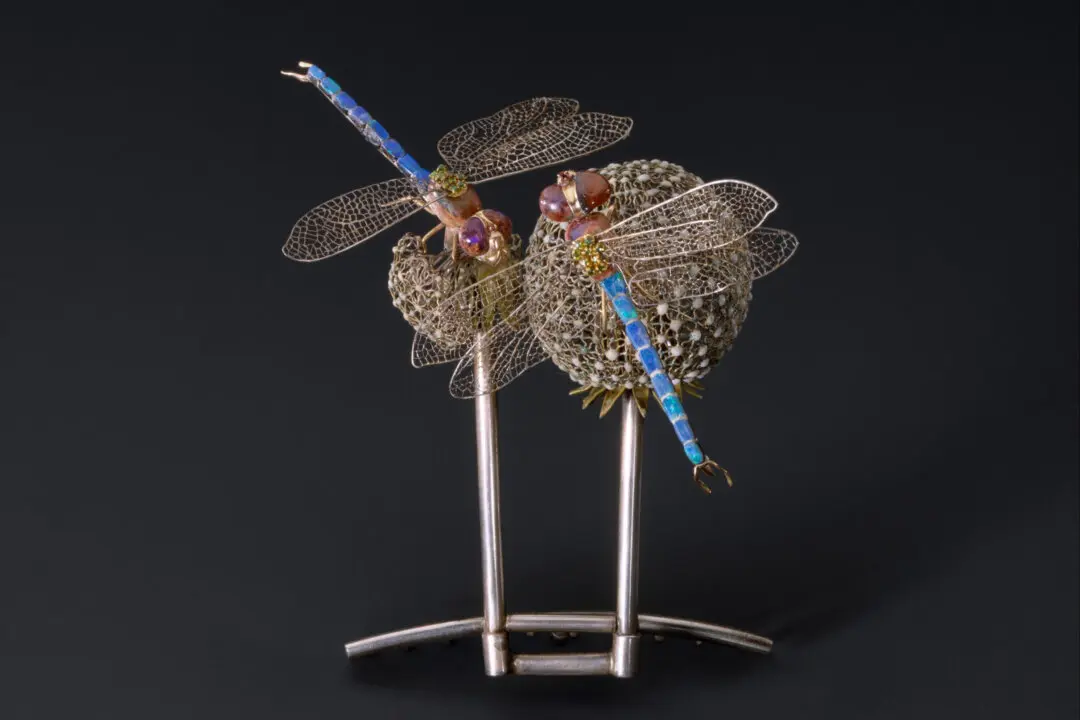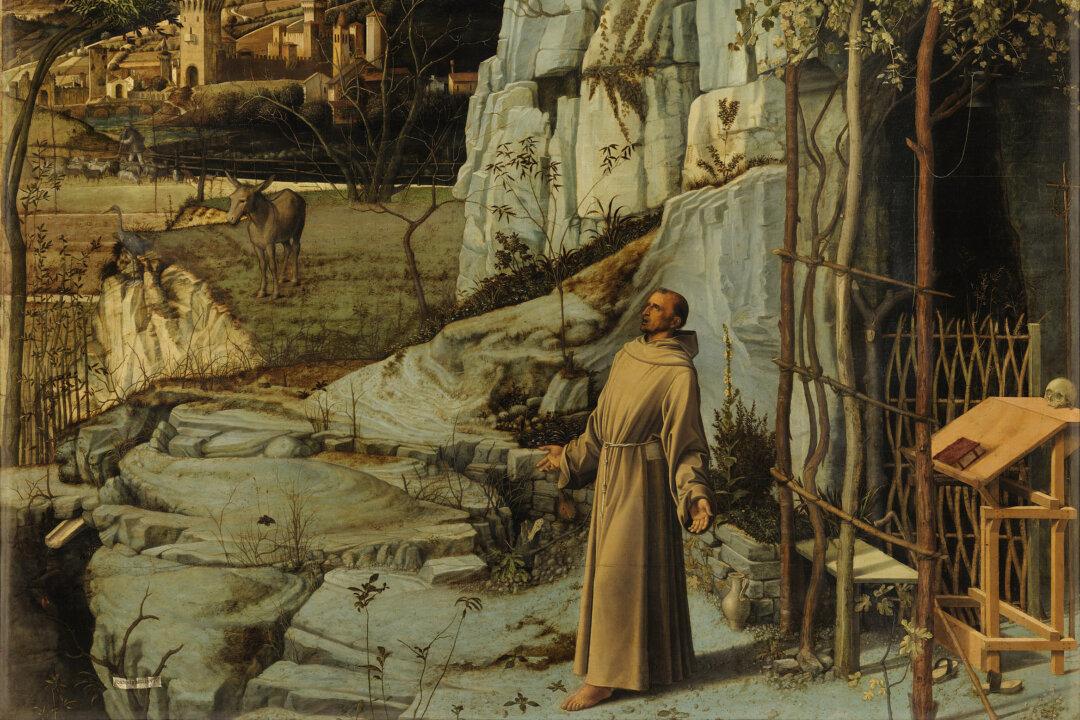The Anglo-Saxon epic poem “Beowulf” describes a world of warriors and kings, feasts in great halls, magnificent treasures, and grand funerals. In Seamus Heaney’s translation, a ship burial is described thusly:
They stretched their beloved lord in his boat, laid out by the mast, amidships, the great ring-giver. Far-fetched treasures were piled upon him, and precious gear.
Historians long considered descriptions such as in this poem to be merely legend. The term “Dark Ages” was commonly used for the post-Roman period in Britain, as it was considered to be an era of civilizational decline. During this time, Germanic tribes migrated to Britain and eventually created seven Anglo-Saxon kingdoms in the region. They developed Old English, the earliest recorded form of the English language, but modern-day scholars knew little about their culture.This interpretation changed on the eve of World War II in the county of Suffolk, England, when one of the greatest archeological sites of all time was discovered. It is called Sutton Hoo. The name comes from the Old English words “sut” and “tun,” which translates to “settlement,” and “hoh,” meaning the hill being shaped like a heel spur.





